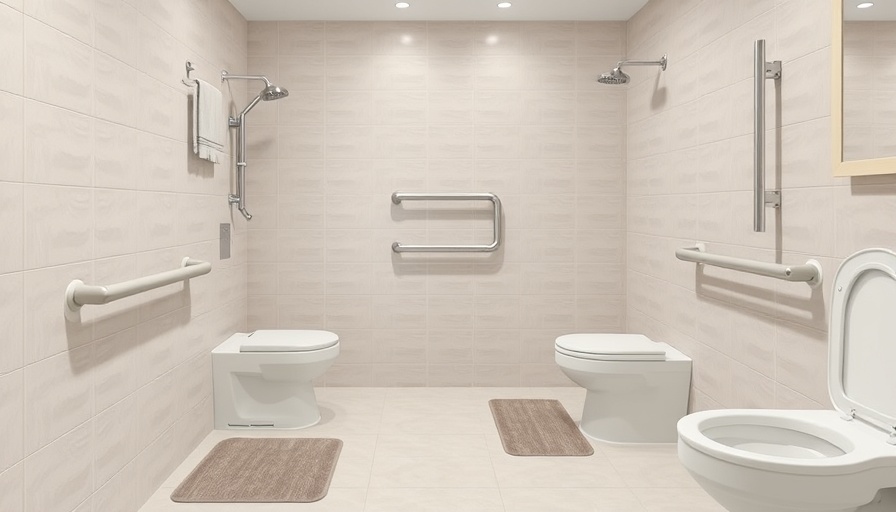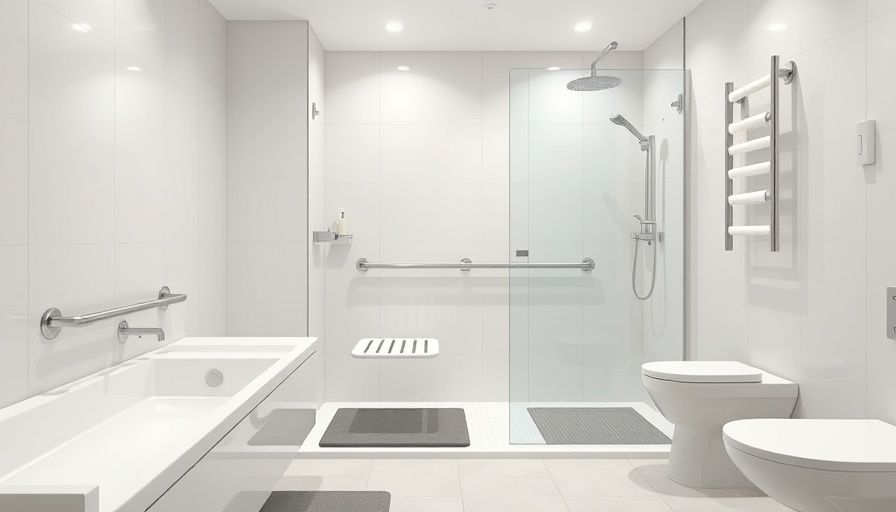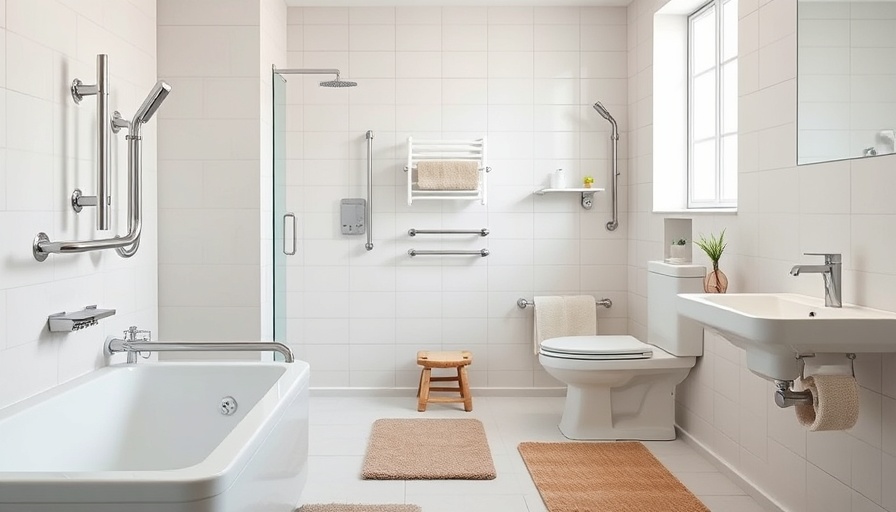
Why Bathroom Safety Matters for Caregivers
Bathroom safety is paramount, especially for caregivers responsible for the well-being of elderly individuals and those with mobility challenges. The bathroom can be deceptively dangerous, often presenting numerous hazards such as wet floors, sharp fixtures, and limited support systems. With these risks in mind, caregivers in Ocean County must equip themselves with practical tools and insights to create safer bathroom environments.
Understanding Common Bathroom Hazards
While we often consider the kitchen as the hub of household dangers, bathrooms can be even more perilous. Slips and falls are especially common due to wet surfaces and a lack of physical supports. Statistics show that approximately 80% of falls among seniors happen in the bathroom, underscoring the importance of proactive safety measures. Recognizing these risks—such as poor lighting, improperly installed grab bars, and slippery flooring—is the first step towards mitigating potential accidents.
Essential Tools for Enhancing Bathroom Safety
Equipping your bathroom with effective safety tools can significantly reduce the likelihood of accidents. Here are some must-have items for caregivers:
- Grab Bars: Installing robust grab bars next to toilets and in showers offers vital support. These bars should be securely anchored to the wall and placed at a height that suits the user’s mobility needs.
- Non-slip Mats: These mats should be placed in high-risk areas, such as the shower and beside the tub. A well-secured non-slip mat can drastically decrease the chances of slipping.
- Accessible Shower and Bathtub Options: Consider converting standard installations into those that accommodate mobility issues. Walk-in tubs and low-threshold showers enable safe access, complemented by slip-resistant surfaces and built-in seating.
- Appropriate Lighting: Ensure that the bathroom is well-lit, using bright bulbs and motion sensors to illuminate the space as needed.
- Handheld Showerheads: These allow users to bathe more comfortably while maintaining independence, and can also help caregivers assist their loved ones with less strain.
Designing an Accessible Bathroom Space
Through thoughtful design and modifications, caregivers can create a space that promotes safety and accessibility. Hiring professionals experienced in bathroom modifications can guarantee compliance with safety standards. Features like adjustable showerheads, bench seating, and generous space to maneuver can greatly enhance the experience for those needing assistance.
Future Trends in Bathroom Safety Tools
The market for bathroom safety products is expanding rapidly, with new innovations emphasizing ease of use and enhanced safety. Technologies like smart sensors that detect falls, and voice-activated appliances that reduce physical strain, are becoming more common. Keeping abreast of these trends can empower caregivers to make the best decisions for their loved ones’ safety.
Building Community Support and Awareness
In addition to physical modifications, fostering a supportive community around bathroom safety can create a network of resources. Local caregiver support groups in Ocean County often share innovations and experiences that can enhance safety outcomes. These discussions can help identify new tools and strategies that caregivers may not have considered.
Conclusion: Taking Action for Enhanced Safety
Given the significant risks associated with bathrooms, it is imperative that caregivers take action to improve safety. Simple modifications can profoundly alter the risk factors present in these critical environments. By investing in key tools like grab bars, non-slip mats, and proper lighting, caregivers can reduce the likelihood of accidents. Taking these steps not only creates a safer home but also fosters independence and dignity for those we care for. Now is the time to evaluate bathroom safety and consider what tools can be incorporated to improve the everyday experience of loved ones.
 Add Row
Add Row  Add
Add 




 Add Row
Add Row  Add
Add 

Write A Comment